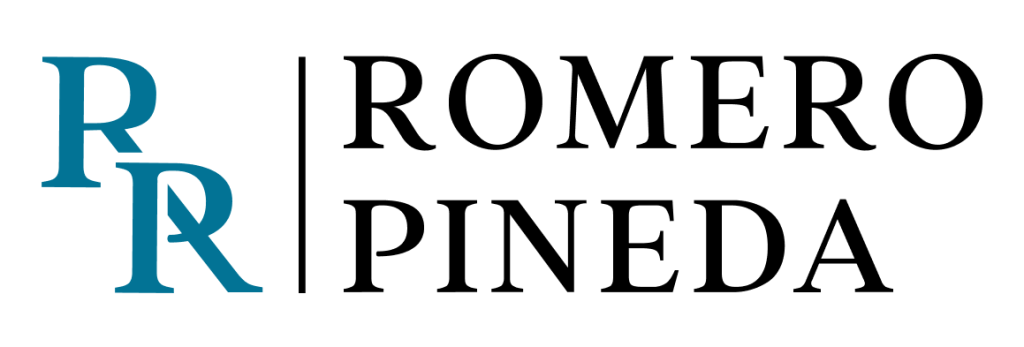Due Diligence in the Compliance Process
By: Roberto Morales, Compliance Manager

Due diligence procedures, in the context of anti-money laundering, refer to the investigations or evaluations that a company conducts before entering into a significant transaction, such as a sale, investment, or hiring. These evaluations should be maintained over time, even after the business relationship has begun. These procedures are crucial to minimize risks and ensure the company makes informed decisions. With individuals, depending on the risk appetite, due diligence may involve requesting an identification document or even reports submitted to the Ministry of Finance, salary certificates, etc.
Due diligence is no longer limited to loan applications; regulations require it to be conducted with customers, suppliers, and employees. It involves a detailed investigation of the other party involved, which can include reviewing financial statements, organizational structure, legal history, regulatory compliance, among others.
Potential risks that could arise from the transaction are identified and assessed. This includes operational, financial, legal, and reputational risks that could affect the company's future success.
During the due diligence process, companies can experience several impacts and changes, fostering transparency in their operations. Senior management can make strategic decisions with greater confidence, supported by concrete data and thorough analysis.
When a client is considered high-risk, due to the nature of their economic activity, for example, enhanced due diligence is conducted.Below are the possible information requirements:
For individuals:
a. Obtain additional information about the origin of their assets and/or funds, their wealth, and their contractual relationships with other obligated parties.
b. Conduct an interview with the client or counterpart and a visit to their premises by the business unit, with a written report of the outcome.
c. Obtain senior management approval to establish or continue business relationships with clients or counterparts deemed high-risk or categorized as PEPs (Politically Exposed Persons).
For legal entities:
a. Obtain additional information about the origin of resources, wealth, and the source of funds.
b. Conduct an interview with the client or counterpart and a visit to their premises by the business unit, with a written report of the outcome.
c. Identify the administrators of the potential client or counterpart.
d. Implement any other intensified measure that is effective and proportionate to the risks identified by the obligated party.
e. Obtain senior management approval to establish or continue business relationships with clients or counterparts deemed high-risk or categorized as PEPs.
f. Conduct continuous intensified monitoring of the contractual or other relationship, increasing the quantity and duration of applied controls, and selecting transaction patterns that require closer examination.
g. Obtain additional information about the client or counterparts and update the identification data of the client and ultimate beneficiary.
h. Obtain additional information about the intended nature of the business relationship.
i. Obtain information on the reasons for attempted or executed transactions.
Companies must fully comply with data protection and personal data processing regulations to ensure the information is not used for purposes other than those required.
Identifying and addressing potential risks before concluding the transaction can help avoid unpleasant surprises in the future. We are here to help you. Contact me at rmorales@romeropineda.com.

